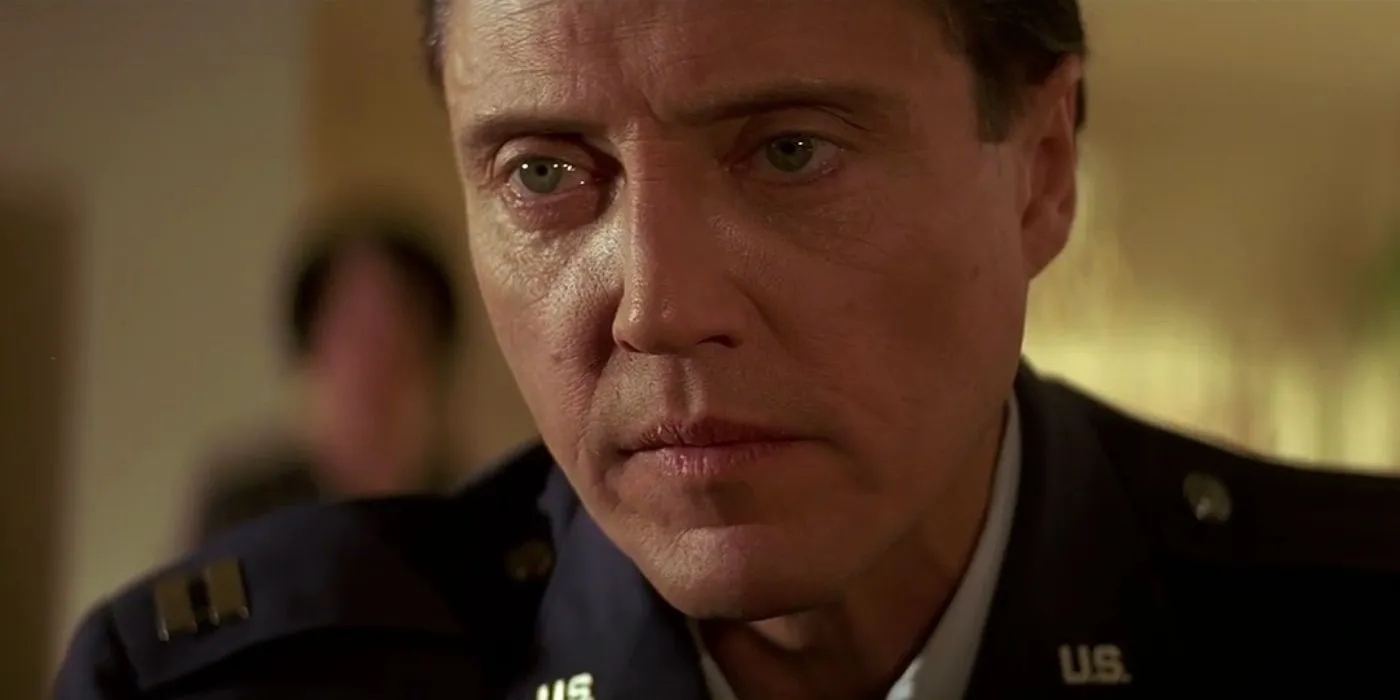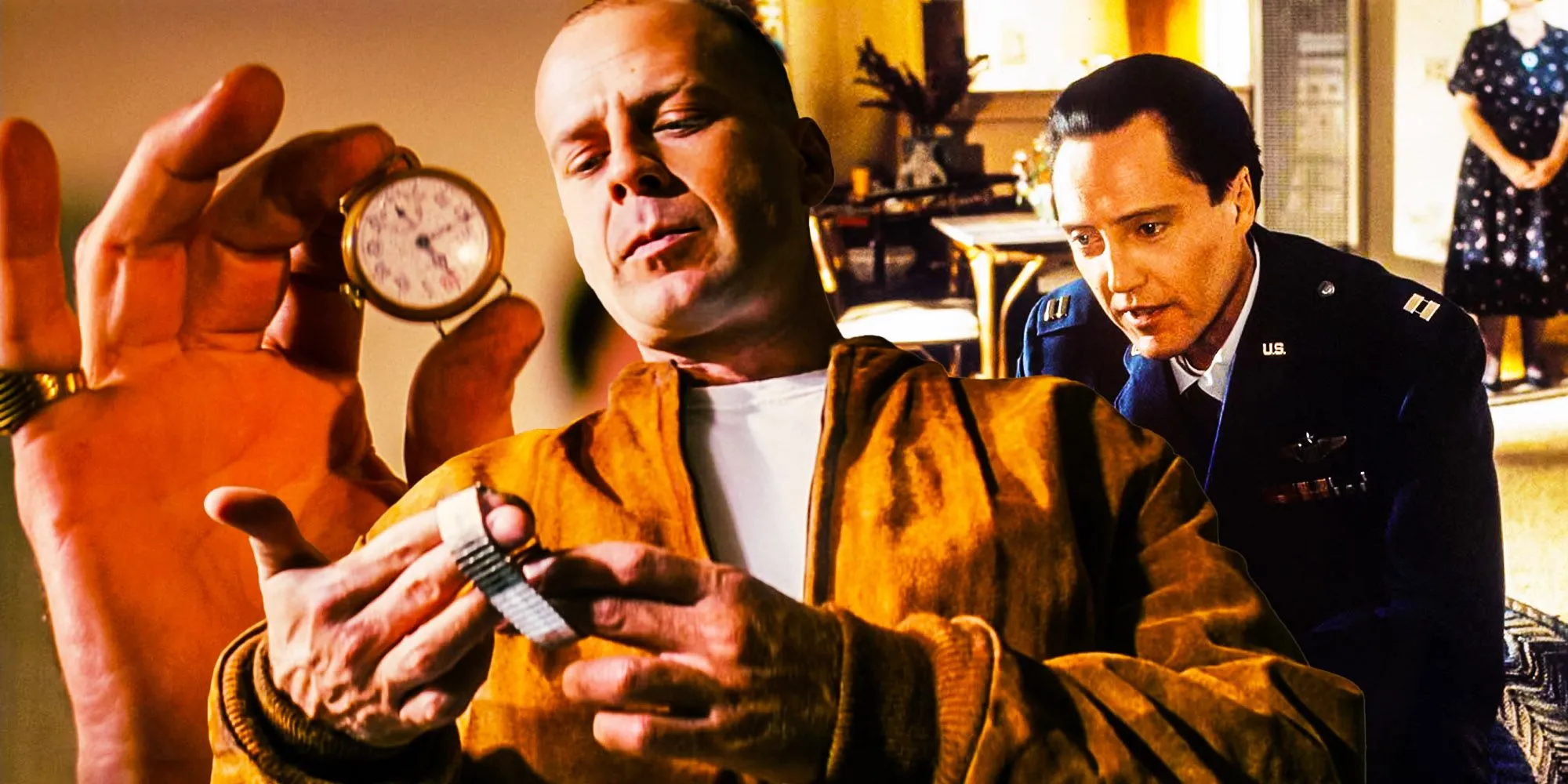
Quentin Tarantino’s acclaimed film, Pulp Fiction, released in 1994, revolutionized independent cinema, with significant credit going to its standout scenes, particularly one involving the multifaceted actor Christopher Walken. The narrative weaves together four non-linear tales focused on the criminal milieu of Los Angeles. Renowned for its Oscar-winning dialogue, Pulp Fiction also features iconic moments, including the memorable dance scene with Vincent Vega (John Travolta) and Mia Wallace (Uma Thurman). This film marked a turning point for Thurman’s career and revitalized Travolta’s trajectory in Hollywood.
The performances of John Travolta, Uma Thurman, Samuel L. Jackson, and Bruce Willis are exemplary, but the film’s brilliance does not stop there. The supporting cast, notably Christopher Walken, brings remarkable depth. Walken, recognized for his distinct and eclectic filmography, has received two Oscar nominations for The Deer Hunter and Catch Me If You Can. His performance style, characterized by a unique blend of eccentricity and humor — as seen in the famous “More Cowbell”sketch on Saturday Night Live — shines through in his memorable role in Pulp Fiction.
The Gold Watch Monologue: What Transpires
Captain Koons’ Story to Young Butch Coolidge



The gold watch segment precedes the climactic bout for boxer Butch Coolidge, who must rest up for this critical match. The narrative shifts to a flashback featuring a young Butch, interrupted by his mother, who announces Captain Koons’ arrival. A decorated veteran who served as a POW with Butch’s father in Vietnam, Koons has an important heirloom to pass down — Butch’s father’s watch, which has been cherished since the days of Butch’s great-grandfather.
Throughout Koons’ animated recounting of the watch’s legacy, he conveys not just a gift, but a profound sense of duty. With each word, Koons is not merely sharing an object; he is imparting the weight of tradition and sacrifice. The monologue deftly shifts back and forth, capturing Butch’s rapt attention and culminating in the shocking revelation that this family heirloom was covertly stored in rather unorthodox manners by his father and Koons, both for their own strange reasons.
Watch the Scene
As Koons elaborates on the specifics of the watch’s journey, he momentarily forgets the young audience to whom he’s speaking. The unnerving detail with which he describes the watch’s concealment becomes unexpectedly comedic, leading to a moment that encapsulates the dark humor pervasive in Tarantino’s work. Concluding the monologue, he hands the watch to young Butch, whose eager hand reaches out just as the adult’s world is disrupted by a resounding gong, snapping him back to reality.
Behind-the-Scenes of the Gold Watch Scene
Tarantino’s Filming Approach



Contrary to popular belief, Tarantino did not shoot the watch scene in a single continuous take. During a 1994 Cannes interview, he explained that he aimed to maintain a distinctive tone for each segment of the monologue, which necessitated multiple shots. Although his original plan called for filming the entire sequence in one go, he ultimately revised this decision.
I chose from among these shots according to the three stages of the story: the great grandfather’s, the grandfather’s and the father’s. And for each section, there was a different connotation which corresponded to the various interpretations offered by Christopher Walken…
Overall, Tarantino noted that filming involved about 13 or 14 takes solely featuring Walken, plus an additional five or six takes focusing on both the actor and the child. This meticulous approach aptly created the seamless flow that gives the impression of a continuous performance.
Origin of the Iconic Prop Watch
Finding the Perfect Timepiece

In light of the scene’s emphasis on the watch, finding the right prop was crucial. Jonathan R. Hodges, the prop master for Pulp Fiction, embarked on a quest to locate a watch that epitomized the story’s historical context and sentiment. The film required a timepiece that was not only accurate in style but also relevant to the script, which stated it originated from the first company to manufacture wristwatches.
Reflecting on his search, Hodges noted, “I knew wristwatches started becoming common in probably the late teens, early ’20s, and prior to that, people wore pocket watches.” His challenge was to capture the aesthetic of a pocket watch while adapting it for wrist use.
After an extensive search through antique shops, Hodges finally uncovered a fitting piece. He remarked, “The main thing that struck me was… it’s obviously done by the company.” Notably, the entire cost of the prop, including a Speidel band that Bruce Willis requested, amounted to less than $50.
The Iconic Status of Walken’s Gold Watch Monologue
The Unique Delivery of Walken’s Monologue

The gold watch scene has etched itself into the hearts of fans for multiple reasons. One of the most striking features is the tonal shift throughout the monologue — transitioning from a heartfelt conversation about family values to a surprising and comedic revelation about the watch’s journey. Walken’s earnest delivery captivates the audience from the outset; young Butch listens intently, showcasing a mix of curiosity and respect.
Young Butch Coolidge, portrayed by Chandler Lindauer, is a pivotal character in this iconic moment — his only acting credit to date. The effectiveness of the scene also stems from Walken’s exceptional performance. His straightforward narration regarding the watch’s rather unconventional travels contributes to its comedic brilliance. Walken himself expressed his enjoyment of the scene, noting, “It was great… every time I got to the end, it cracked me up.”
The pauses in Walken’s delivery, ostensibly for emotional impact, stemmed from moments when he needed to collect his thoughts. Interestingly, one such pause — in which he seems to reflect deeply before finishing a line — became a powerful cinematic moment that heightens the viewer’s anticipation.
In conclusion, the meticulously crafted dialogue and Walken’s instinctive direction make the gold watch monologue scene a monumental piece of film history. It played a crucial role in shaping Pulp Fiction‘s legacy and propelled Quentin Tarantino’s ascent in the film industry.




Leave a Reply